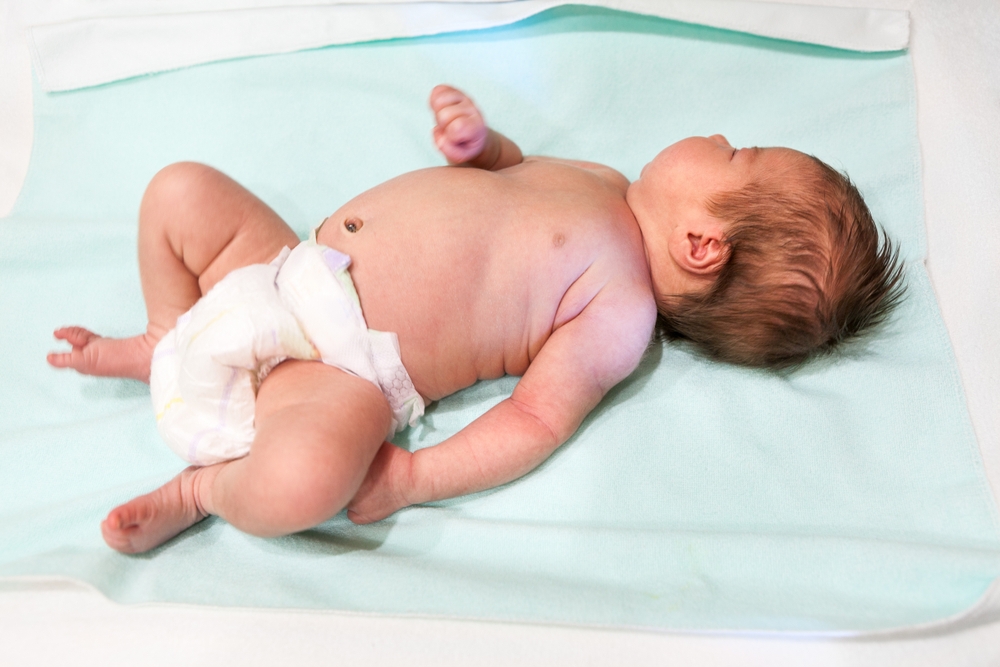Infantile spasms (IS), also known as West syndrome, are a rare yet serious type of epilepsy that occurs in infants, typically between 3 to 12 months of age. These seizures are characterized by sudden, brief movements that often appear as head drops, arm jerks, or body stiffening.

Causes of Infantile Spasms
Infantile spasms can result from various underlying conditions, including:
- Brain Malformations: Abnormal brain development during pregnancy.
- Genetic Disorders: Conditions such as tuberous sclerosis or Down syndrome.
- Infections: Meningitis, encephalitis, or other severe infections that affect the brain.
- Brain Injuries: Perinatal stroke, trauma, or oxygen deprivation at birth.
- Metabolic Conditions: Disorders like phenylketonuria (PKU) or mitochondrial diseases.
Symptoms of Infantile Spasms
Identifying the symptoms early is crucial for effective treatment. Common signs include:
- Sudden, repetitive jerking movements of the neck, trunk, or limbs.
- Clusters of spasms that often occur upon waking or while drowsy.
- Developmental regression, where the child loses previously acquired skills.
- Changes in facial expression such as a brief grimace or frown.
Diagnosing Infantile Spasms
A comprehensive diagnosis typically involves:
- Electroencephalogram (EEG): This test detects abnormal brain wave patterns known as hypsarrhythmia, a hallmark of infantile spasms.
- Magnetic Resonance Imaging (MRI): Used to identify structural abnormalities in the brain.
- Blood and Genetic Testing: To uncover metabolic or genetic causes.
Treatment Options for Infantile Spasms
Early intervention significantly improves outcomes. Treatment methods may include:
- Adrenocorticotropic Hormone (ACTH): A hormone injection that helps reduce spasms.
- Vigabatrin (Sabril): Particularly effective for spasms linked to tuberous sclerosis.
- Corticosteroids: Such as prednisone, used to control seizures.
- Anti-seizure Medications: Like topiramate or valproic acid.
- Ketogenic Diet: A high-fat, low-carbohydrate diet that can reduce seizure frequency.
- Surgical Interventions: In cases where a focal brain abnormality is identified.
Potential Complications and Long-Term Outlook
Without proper treatment, infantile spasms may lead to severe developmental delays, cognitive impairment, and autism spectrum disorders. However, with prompt diagnosis and appropriate therapy, some children achieve improved outcomes.
Prognosis and Monitoring
Children diagnosed with IS require ongoing monitoring to assess their developmental progress and adjust treatments accordingly. Regular follow-up appointments with neurologists, developmental specialists, and therapists are essential for optimizing long-term results.
FAQs
Q1: Are infantile spasms the same as regular seizures?
No, infantile spasms are distinct from typical seizures and often present as subtle, repetitive movements that can be mistaken for normal behavior.
Q2: How soon should treatment start after diagnosis?
Immediate treatment is critical as delayed intervention can lead to serious developmental setbacks.
Q3: Can infantile spasms be cured?
While some children recover fully with appropriate treatment, others may require ongoing care to manage developmental challenges.
Q4: What is the role of physical therapy in recovery?
Therapies focusing on motor skills, speech, and cognitive function play a crucial role in supporting the child’s development post-treatment.
Q5: Are infantile spasms hereditary?
Certain genetic conditions can increase the risk, but not all cases are linked to hereditary factors.

